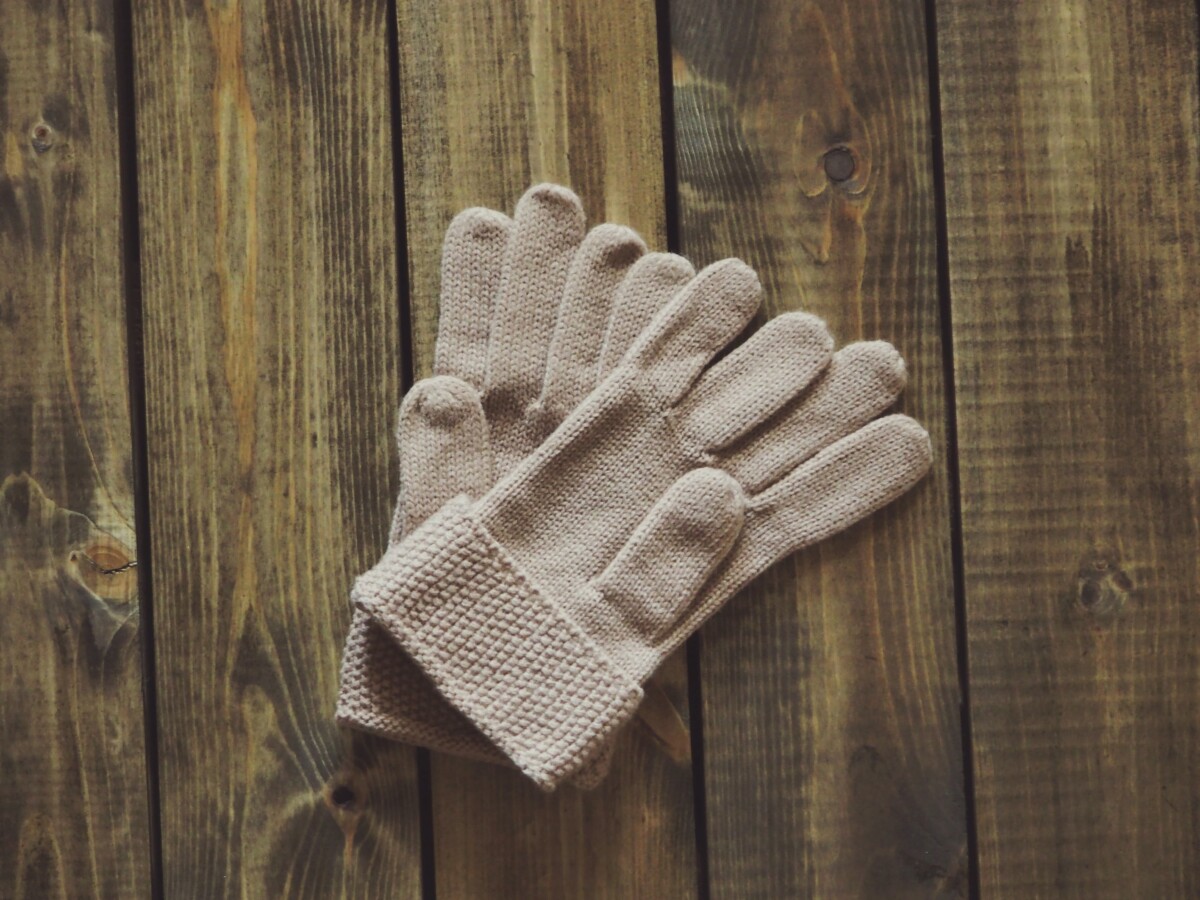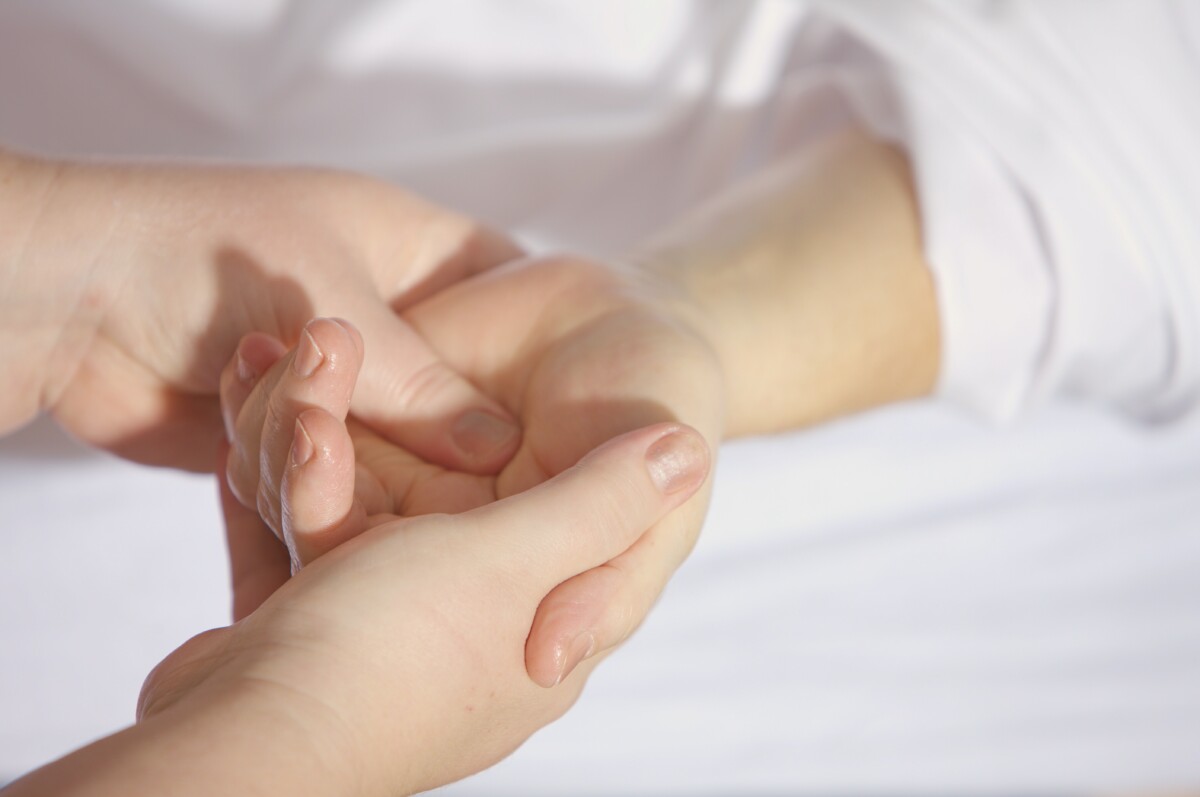Hand and wrist injuries are usually some of the most common injuries to occur. However, during the winter months, we typically see a 20% increase in these types of injuries over this period. This is often due to the colder temperatures as well as other environmental factors like ice and windier weather too. Not to mention the increase in activities and events as we approach the festive season which can also heighten the risk of injury.
So, here are some of the most common injuries that can occur and tips to avoid them from happening so you can stay safe this winter.
Wearing gloves
Firstly, a simple but effective tip is to wear gloves when going outside. Although this may seem obvious as we go into the colder months, many people don’t wear gloves when venturing out. One of the most common injuries people suffer from during winter is frostbite or in more milder cases eczema – yet this can also become serious if not treated.
Frostbite is when the skin tissue is exposed to extreme cold temperatures, because the tissue becomes so cold it then dies. This is called ‘gangrene’, once the tissue is dead it can then obstruct blood from circulating. One of the most common areas for frostbite to occur is in the hands, therefore, if circulation is cut off from the fingers, in extreme cases this can result in amputation.
Gloves prevent frostbite and gangrene as they provide insulation for your hands. By keeping your hands at a warm temperature, blood is still able to circulate your hands. It can also help to make sure you keep your hands moving and not still. Movement creates heat as the molecules in your hand and body have to move faster, that speed and friction combined creates heat. It is also important to ensure that the gloves you wear cover your whole hands and do not leave any exposed areas such as the fingertips. Although the majority of your hand may be covered, these exposed areas are still susceptible to becoming cold and contracting frostbite.
Frostbite symptoms often consist of the sensation of pins and needles in the affected area(s) as well as aching or throbbing sensations. The skin will also be a good indication of whether you have contracted frostbite, if your skin turns red it is often an indication of frostnip. However, white or black skin can indicate superficial and deep frostbite. Blisters often occur at the later stages of frostbite too. If you would like to read more about the different symptoms of frostbite click here.
When your fingers become a deep red colour this is a good indication to begin treating the skin before it becomes more serious and develops into superficial frostbite. Treatment consists of simply soaking the affected areas in warm water yet, it is important that this water is not above the heat of 40˚C. Ensure that all areas affected are not touching whilst soaking. Once soaked make sure to not rub any of the affected skin as this will cause further damage to the skin tissue. The skin should clear up after a few weeks however, if the frostbite is superficial it can take up to six months for the body to form new skin.
Another important reason to wear gloves is to prevent eczema from occurring. Although this may not seem like a serious problem, in colder conditions eczema can cause serious injuries. People often experience eczema flare-ups during the colder months.
Eczema is a common skin condition that causes the skin tissue to become inflamed and itchy. It can also make the skin particularly dry as well, therefore, when inflamed and itchy it is more prone to being scratched and cut. These scratches and open wounds on the skin can then make the skin more susceptible to bacteria, viruses and fungi infections. This can lead to more serious injuries such as dizziness, fever or worse depending on the infection.
Gloves can help prevent the severity of eczema as much like with frostbite they provide warm insulation for your hands. This insulation then helps prevent the skin tissue from becoming inflamed and dry from the cold weather. By preventing the initial symptoms of eczema you can then prevent anything worse from developing.
You can often tell if your eczema gets infected by visual differences in the skin. For example, fluid will often ooze from wounds as well as a yellow crust appearing around cuts and scratches. You might experience a fever or shivers too. If you begin to suffer from any of these symptoms it is important to visit a doctor as soon as possible. A doctor can provide you with antibiotics to treat the infection as well as other skin creams to help with your eczema.
Wear appropriate footwear
Another tip during the winter months is to ensure you wear appropriate footwear. A large number of accidents related to hands and wrists are caused by slips, trips and falls. These types of accidents are heightened in winter due to the weather conditions, as ice and snow are more likely to appear during these months making surfaces slippery and much easier to fall.
One of the main concerns of the weather during this time is ‘black ice’. This is a thin glaze of ice often covering roads or pavements, typically barely visible. This type of ice is one of the most common reasons for accidents to happen as people tend to walk without noticing the ice and then slip and fall. By wearing appropriate footwear during the colder months you can easily avoid these types of accidents. This can include shoes such as snow boots, mountain shoes, hiking boots etc. You can read more about the best shoes for icy surfaces here.
Most commonly to occur from falling over is either fractured or broken wrists. You will often be able to tell if your wrist is fractured as there will be severe pain in the affected area. In addition to a bent wrist or visible deformity to the wrist as well as swelling, tenderness, and bruising. If suffering from these symptoms it is important to go to the hospital and get your wrist checked as soon as possible. A doctor will then decide whether the wrist needs to be placed in a cast/splint or if surgery needs to be undergone. You can read more on wrist fracture treatment by clicking the link.
Managing arthritis
Although arthritis is not directly caused by the winter weather, the cold weather can most definitely make this medical condition worse. So here are a few ways to help you manage your arthritis this winter.
Arthritis is an incurable disease that causes inflammation and stiffness in the joints. This condition is usually manageable however, the symptoms can become worse during the winter weather. This is due to the joints becoming more stiff and inflamed and the skin tissue becomes colder.
Firstly, it is key to stay active throughout the winter season. Whether it be going for walks or to the gym, keeping your body active and warm is an excellent way to manage your arthritis and help reduce symptoms. It is also essential to keep warm, when going outside make sure to wrap up and keep covered, especially in more exposed areas like your hands. Finally, try to keep your vitamin D levels high. Vitamin D is produced when the body is exposed to sunlight, within the winter months sunlight is not as prominent as it gets darker earlier and the nights last longer. So, consider supplementing with Vitamin D during the winter for an extra boost. If you would like to read more about tips for dealing with arthritis pain in winter click here.
If you are suffering from any other hand or wrist problems and would like to get in touch you can contact me.



